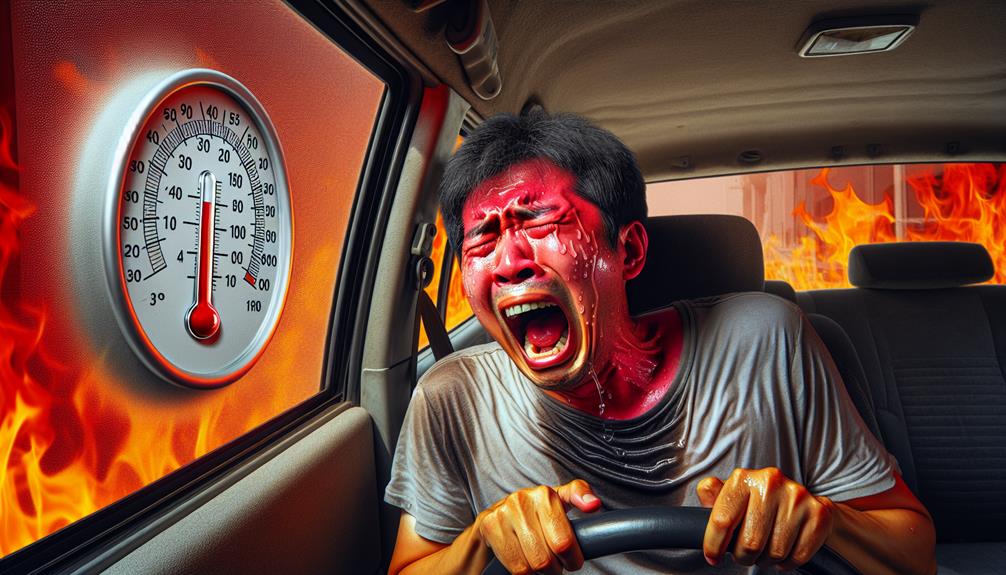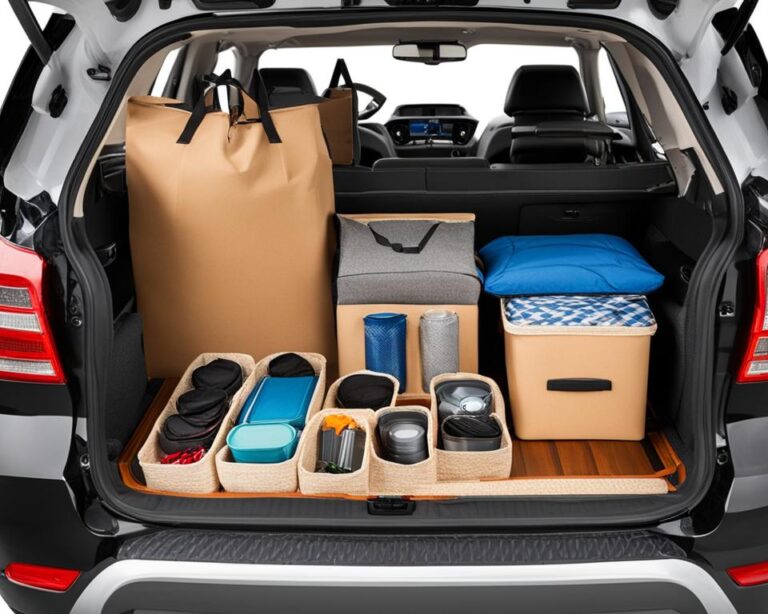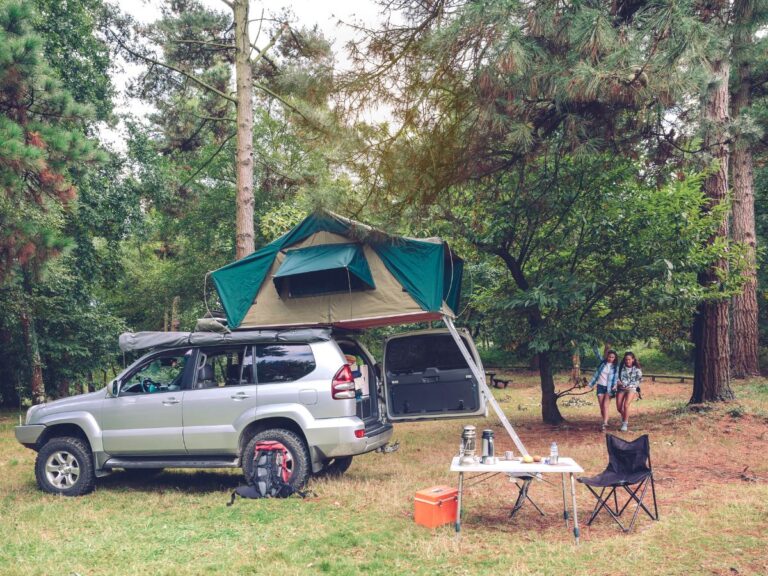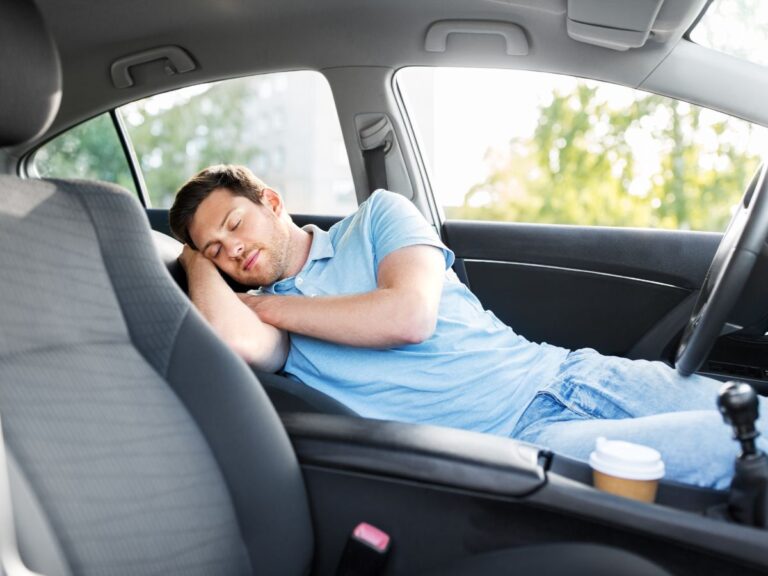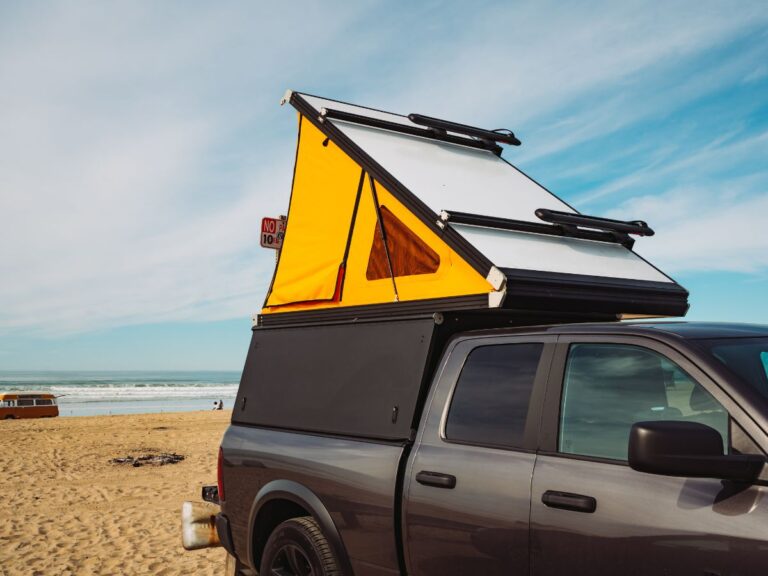Can You Avoid Suffocation in a Locked Car?
To prevent suffocation in a locked car, ensure proper ventilation and avoid leaving anyone inside unattended. Understand that limited airflow and rising temperatures increase the risk. Implement childproofing measures like installing safety locks. Keep keys out of reach and educate on vehicle safety. Consider factors like car temperature, occupants, and rapid heat buildup. Act swiftly in emergencies by calling for help, providing fresh air, and keeping calm. Immediate action is critical to prevent severe health consequences. Additional details on prevention and response are available in the research provided.
Risks of Suffocation in Locked Cars
Locked cars pose a significant risk of suffocation due to the limited airflow and enclosed space within the vehicle. The dangers of heatstroke are especially pronounced in such situations, as temperatures inside a locked car can rapidly rise to life-threatening levels. Childproofing vehicles is important to prevent accidental lock-ins, which can lead to tragic outcomes. Ensuring that children cannot accidentally lock themselves inside a car is an essential step in mitigating the risk of suffocation.
To childproof your vehicle, consider installing child safety locks on the doors to prevent young children from opening them from the inside. Additionally, always keep keys out of reach of children to avoid them inadvertently locking themselves inside. It’s also crucial to educate children about the dangers of playing in or around vehicles to prevent them from getting trapped inside. By taking these precautions, you can significantly reduce the likelihood of suffocation incidents in locked cars.
Understanding the Science Behind It
Limited airflow and enclosed space in a vehicle can create a dangerous environment that increases the risk of suffocation. Understanding the science behind this phenomenon involves considering the oxygen levels and heat transfer within a locked car. When a vehicle is sealed, the oxygen levels inside gradually deplete due to respiration and combustion processes. As oxygen is used up, carbon dioxide levels rise, leading to a decrease in breathable air. Heat transfer also plays an important role, as a closed car can quickly turn into an oven, especially in hot weather conditions, exacerbating the suffocation risk.
Proper ventilation systems or cracked car windows can help mitigate these dangers by allowing fresh air to enter and maintaining a balance of oxygen and carbon dioxide. Ventilation systems aid in regulating airflow, preventing the buildup of harmful gases. Similarly, cracking the windows slightly can promote air circulation, reducing heat accumulation and ensuring a healthier environment inside the vehicle. Understanding these scientific principles is essential for preventing suffocation incidents in locked cars.
Contributing Factors to Consider
Consider the impact of factors such as car temperature, sunlight exposure, and the number of occupants on the potential suffocation risk in a locked car. The temperature inside a car can rise rapidly, especially in warm weather, creating a dangerous environment for occupants, particularly children. On a hot day, the temperature inside a parked car can soar to well above 100°F within minutes, posing a severe risk of heatstroke and suffocation. Sunlight exposure can exacerbate this effect, increasing the temperature inside the car even further. Additionally, the number of occupants in a locked car can deplete the available oxygen more quickly, heightening the risk of suffocation, especially in a confined space. When considering child safety in a locked car, it is important to remember that children are more susceptible to heat-related illnesses and suffocation due to their smaller size and higher metabolism. Understanding these contributing factors is essential for preventing suffocation incidents in locked cars.
Practical Tips for Prevention
To enhance safety in a car, always guarantee adequate ventilation to prevent suffocation risks. Safety measures should include ensuring that windows are slightly open to allow for fresh air circulation. Additionally, avoid leaving children or pets unattended in a vehicle, especially during hot weather, as this can lead to dangerous heat levels and potential suffocation. In case of an emergency, it’s essential to act quickly and decisively. If you notice someone trapped in a locked car, call emergency services immediately. While waiting for help to arrive, try to find ways to communicate with the person inside, ensuring they stay as calm as possible. If the situation becomes critical, consider breaking a window to provide immediate ventilation. Remember, swift emergency response can be the difference between a close call and a tragic outcome. By staying vigilant, implementing safety measures, and knowing how to respond in emergencies, you can help prevent suffocation risks in locked cars.
Importance of Immediate Action
React promptly when faced with a locked car emergency to mitigate suffocation risks and guarantee the safety of those inside. In an emergency response situation where individuals are trapped inside a locked car, immediate action is vital. The health implications of delayed response can be severe, leading to oxygen depletion, heatstroke, dehydration, and ultimately suffocation.
Upon discovering a locked car with individuals inside, swiftly assess the situation. Call emergency services immediately to expedite assistance. While waiting for help to arrive, attempt to open windows or doors to allow for fresh air circulation. If possible, provide water to prevent dehydration and keep occupants cool.
Remember that time is of the essence in these scenarios. Even a few minutes in a locked car can have detrimental effects on health. Prioritize quick decision-making and effective communication to safeguard the safety and well-being of those involved. By taking immediate action, you can significantly reduce the risk of suffocation and other associated health issues.
Preventing Suffocation Risks in a Locked Car
In summary, suffocation in a locked car is a serious risk that can have devastating consequences. By understanding the science behind it, considering contributing factors, and following practical prevention tips, you can greatly reduce the likelihood of this tragic scenario. Remember, immediate action is vital in any emergency situation to guarantee the safety and well-being of all individuals involved. Stay informed, stay prepared, and stay safe.

